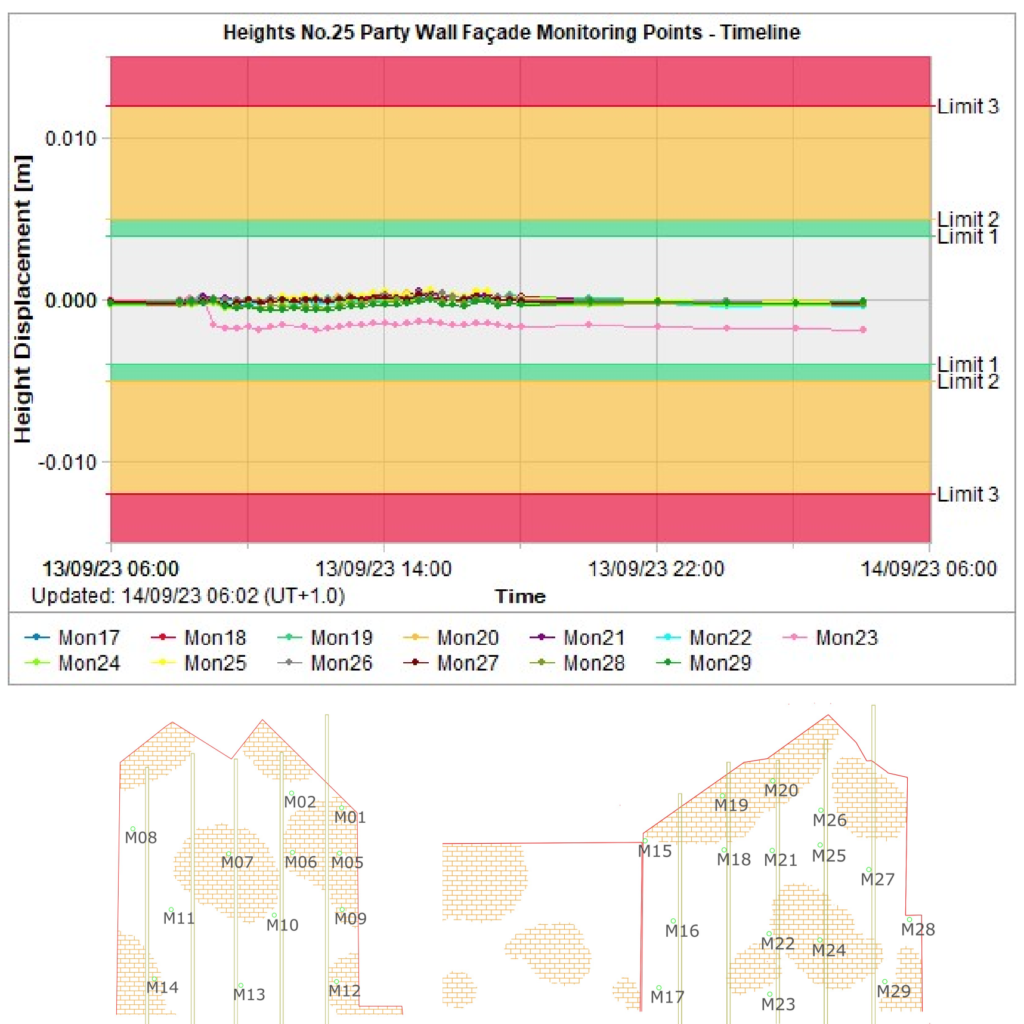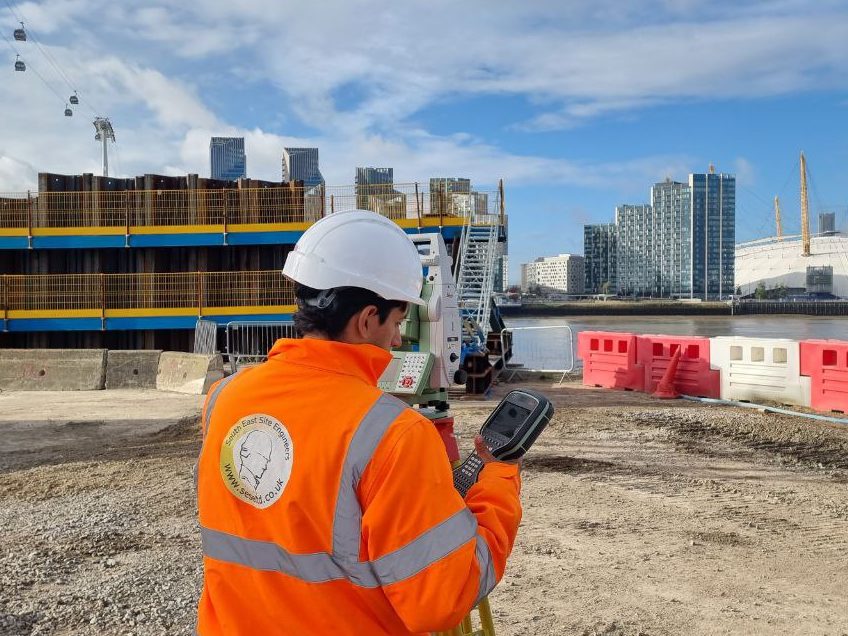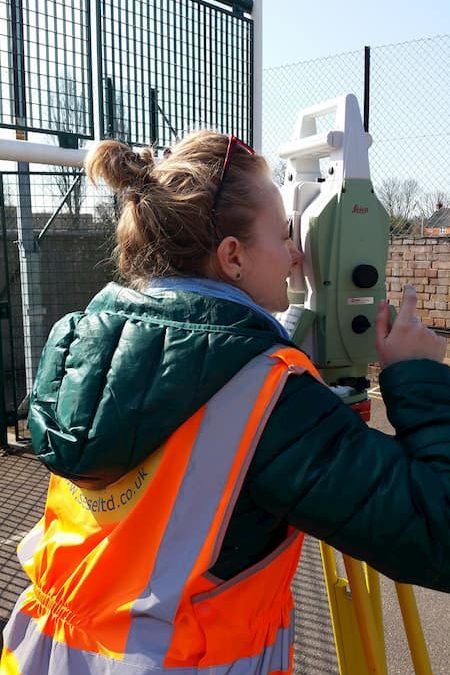Structural Monitoring Surveyor Services
Call: 020 72 78 07 78




Building Movement Monitoring
A Building or Structural Movement Survey is the measurement of structural movement over time. A monitoring surveyor reports on these changes in structural behaviour, whether deformation, or vibration to detect any risk of collapse.
As movement, tilt and vibration monitoring surveyors, we design our movement monitoring reports around your bespoke needs.
Structural Monitoring Services
Structural movement monitoring is a service we provide for demolition, construction, and maintenance projects. Our structural monitoring survey services include, static point XYZ, crack gauge tell-tails, and construction vibration monitors. As building movement monitoring surveyors, our movement monitoring and vibration monitoring survey reports are designed to be easily understood by all parties involved.
Party Wall Monitoring Services
When monitoring structural movement in support of a party wall monitoring report requirement, a monitoring surveyor attends your project on a daily, weekly, or monthly basis.
For basement excavation monitoring, a monitoring surveyor can help ensure construction work does not cause structural movement beyond the trigger levels agreed by your party wall surveyor.
Monitoring Surveyor Visit Cost
The cost of a monitoring surveyor visit varies widely due to many factors. This is because the structural movement monitoring services we provide are used to detect a wide range of potential problems before they become serious. These includes cracks in walls, corrosion of foundations, continuing subsidence, and vibration damage to buildings. We monitor these structural movements using a variety of methods, including tell-tale gauges, red laser guided theodolites, and accelerometers.
Monitoring surveyor prices start from as little as £295 +VAT per visit. Real-Time 24/7 automated monitoring on the other hand has a bespoke price based on your site conditions. All of our options accommodate projects countrywide.
Point monitoring surveyor
Our range of expert building movement surveyor services include point monitoring surveyors and building vibration monitoring service engineers. To find out even more about this see our vibration and automated monitoring page.
Monitoring Structural Movement for Ground Deformation
Monitoring structural movement for ground deformation often requires a combination of instruments and measurement techniques. Our ground monitoring systems are often used on solar farms, landfill sites, and highways.
As one of the UK’s top structural movement monitoring companies, we provide Ground Penetrating Radar, Crack Monitoring, Vibration and Red Laser Movement Monitoring reports. These systems work in line with structural engineer and party wall surveyor designated building movement monitoring trigger level guidelines.
Remote Structural Movement and Vibration Monitoring
As just one of our many countrywide surveying services, we also operate Real-Time 24/7 Automated building movement monitoring systems. Here we use robotic total stations to track demolition and basement excavation effects on nearby buildings. The same robotic movement monitoring system is used to monitor building subsidence, RAAC construction deformation, and ground settlement over time.
Remote movement monitoring surveys are another of our many ways of assessing the structural integrity of a building. By remotely measuring structural movement over time, we identify potential problems that may arise and advise on the necessary steps to address them.
One of the first steps in conducting any building movement monitoring survey is to identify the type of movement that needs to be monitored. This can include vertical, horizontal, or rotational movement. Once the type of movement has been identified, a party wall surveyor or structural engineer will need to determine the frequency of our movement monitoring reports. This could range from daily to annually, depending on the type of movement being monitored. The next step is to install the equipment necessary to measure movement ranging from accelerometers, mini-prisms, and retro-targets to automated structural monitors.
Structural Monitoring FAQs
When do you recommend structural monitoring?
Any amount of structural movement can affect structural integrity and pose a risk to safety. Hence, the monitoring of structural movement may be necessary before, during, and after construction.
Scenarios where we would recommend structural or building movement monitoring include:
- When a building is located on unstable soil or ground prone to settlement or expansion.
- Environments where there is risk of landslides and below ground hazards such as bio-gas build up within an historic landfill.
- When a building is undergoing modifications or renovations that could affect structural integrity, such as extensions and basements.
- When a building or wall is aging and there is concern about further deterioration or cracking.

